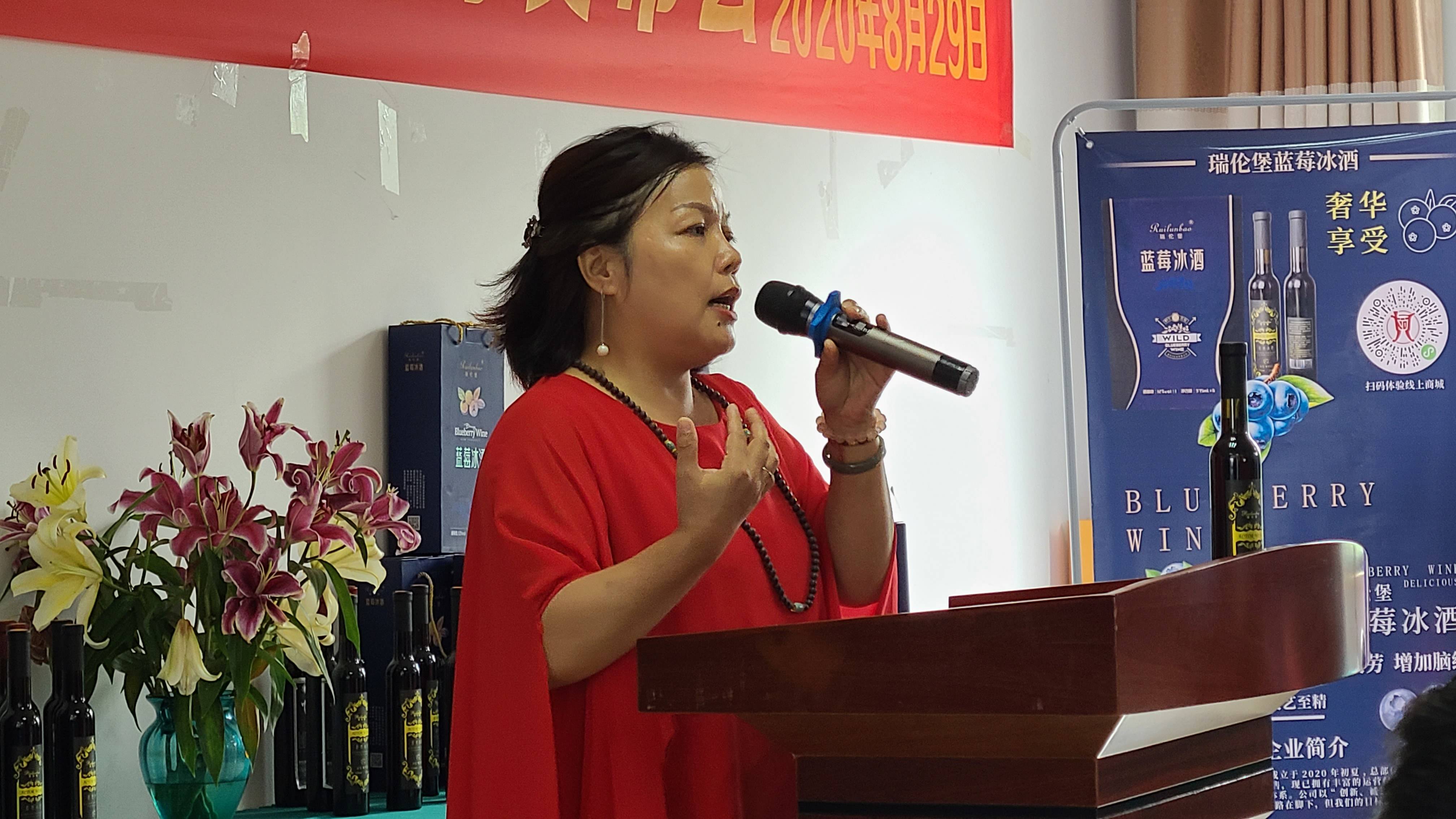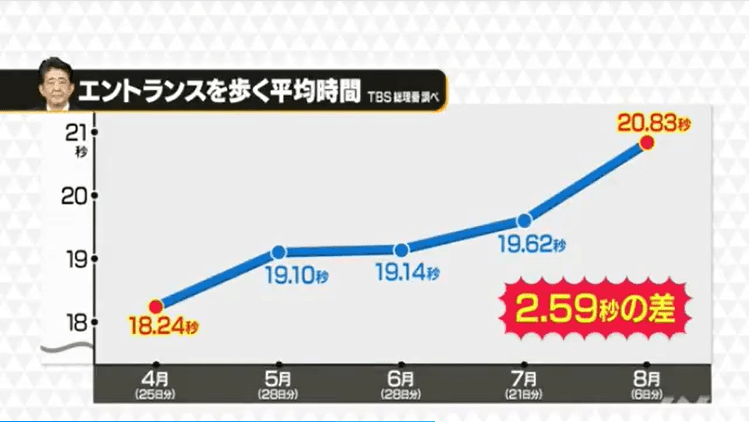в‘Јз”Ёbecause(з”ұдәҺ)д»Јжӣҝdue to the fact that(йүҙдәҺдёӢеҲ—дәӢе®һ)
第дәҢз§Қж–№жі•жҳҜзңҒз•ҘеҗҢд№үиҜҚжҲ–иҝ‘д№үиҜҚпјҢжҜ”еҰӮеңЁдёӢйқўдҫӢеҸҘдёӯпјҢеҪўе®№иҜҚimportant(йҮҚиҰҒзҡ„)е’Ңsignificant(жңүйҮҚиҰҒж„Ҹд№үзҡ„) пјҢ е°ұжҳҜдёӨдёӘеҗҢд№үиҜҚ(д№ҹеҸҜд»ҘиҜҙжҳҜиҝ‘д№үиҜҚ)пјҢжҲ‘们еҸҜд»ҘзңҒз•Ҙimportant пјҢ еҸӘдҝқз•ҷsignificant гҖӮ
в‘ The government project is important and significant.(иҝҷйЎ№ж”ҝеәңи®ЎеҲ’жҳҜйҮҚиҰҒзҡ„пјҢжңүйҮҚиҰҒж„Ҹд№ү гҖӮ)
в‘ЎThe government project is significant.(иҝҷйЎ№ж”ҝеәңи®ЎеҲ’жңүйҮҚиҰҒж„Ҹд№ү гҖӮ)
第дёүз§Қж–№жі•жҳҜеңЁдёҚж”№еҸҳеҸҘеӯҗеҗ«д№үзҡ„еүҚжҸҗдёӢпјҢзңҒз•ҘжүҖжңүеҸҜд»ҘзңҒз•Ҙзҡ„еҚ•иҜҚпјҢжҜ”еҰӮеңЁдёӢйқўдҫӢеҸҘдёӯпјҢthe cover of the book(д№Ұзҡ„е°Ғйқў)еҸҜд»ҘзңҒз•ҘжҲҗthe book cover пјҢ is red in color(жҳҜзәўиүІзҡ„)еҸҜд»ҘзңҒз•ҘжҲҗis red гҖӮ
в‘ The cover of the book is red in color.(д№Ұзҡ„е°ҒйқўжҳҜзәўиүІзҡ„)
в‘ЎThe book cover is red.(д№Ұзҡ„е°ҒйқўжҳҜзәўиүІзҡ„)
жңҖеҗҺжҲ‘们жҠҠиҝҷдёүз§Қж–№жі•з»“еҗҲиө·жқҘпјҢе°ҶдёҖдёӘеҶ—й•ҝгҖҒз»•еҳҙзҡ„еҸҘеӯҗ пјҢ ж”№еҶҷжҲҗдёҖдёӘз®ҖзҹӯгҖҒжҳ“жҮӮзҡ„еҸҘеӯҗ гҖӮ
в‘ University malls must be accessible and free from congestion in order that students, faculty and employees may have unobstructed passage through those areas of the campus.(ж ЎеҶ…йҒ“и·Ҝеҝ…йЎ»жҳҜдҫҝдәҺйҖҡиЎҢзҡ„пјҢдёҚжӢҘе өзҡ„пјҢд»Ҙдҫҝи®©еӯҰз”ҹгҖҒж•ҷеёҲе’ҢиҒҢе‘ҳиғҪеӨҹж— йҳ»зўҚең°йҖҡиҝҮ пјҢ еҲ°иҫҫж Ўеӣӯзҡ„еҗ„еӨ„ гҖӮ)
в‘ЎUniversity malls must be free enough from congestion to allow people to walk through easily.(ж ЎеҶ…йҒ“и·ҜдёҚеә”еҪ“жӢҘе өпјҢд»Ҙдҫҝдәә们йЎәеҲ©йҖҡиЎҢ гҖӮ)
еӣӣпјҡж®өиҗҪеҸ‘еұ•зҡ„жүӢж®өеҸҠз»“е°ҫж®өзҡ„еҶҷжі•
еңЁдёҠдёҖи®ІжҲ‘们讲дәҶдё»йўҳеҸҘпјҢжҺЁеұ•еҸҘзҡ„еҶҷжі•пјӣиҝҷдёҖи®ІжҲ‘们иҰҒиҝӣдёҖжӯҘжқҘи°ҲдёҖи°Ҳж®өиҗҪеҸ‘еұ•зҡ„еҮ з§ҚжүӢж®өд»ҘеҸҠз»“е°ҫж®өзҡ„еҶҷжі• гҖӮ
1гҖҒж®өиҗҪеҸ‘еұ•зҡ„еҮ з§ҚжүӢж®ө
гҖҗеҲ—дёҫжі•(details)гҖ‘
дҪңиҖ…иҝҗз”ЁеҲ—дёҫжі•пјҢжҳҜйҖҡиҝҮеҲ—дёҫдёҖзі»еҲ—зҡ„и®әжҚ®еҜ№topic sentenceдёӯж‘ҶеҮәзҡ„и®әзӮ№иҝӣиЎҢе№ҝжіӣгҖҒе…Ёйқўең°йҷҲиҝ°жҲ–и§ЈйҮҠпјҢеҲ—дёҫзҡ„йЎәеәҸеҸҜд»ҘжҢүз…§жүҖеҲ—еҗ„зӮ№еҶ…е®№зҡ„зӣёеҜ№йҮҚиҰҒжҖ§гҖҒж—¶й—ҙгҖҒз©әй—ҙзӯүиҝӣиЎҢ гҖӮ
Yesterday was one of those awful days for me when everything I did went wrong. First, I didn't hear my alarm clock and arrived late for work. Then, I didn't read my diary properly and forgot to get to an important meeting with my boss. During the coffee break, I dropped my coffee cup and spoilt my new skirt. At lunch time, I left my purse on a bus and lost all the money that was in it. After lunch, my boss was angry because I hadn't gone to the meeting. Then I didn't notice a sign on a door that said "Wet Paint" and so I spoilt my jacket too. When I got home I couldn't get into my flat because I had left my key in my office. So I broke a window to get in and cut my hand.
ж №жҚ®жң¬ж®өдё»йўҳеҸҘдёӯзҡ„е…ій”®иҜҚз»„everything I did went wrongпјҢдҪңиҖ…еҲ—дёҫдәҶ8зӮ№еҶ…е®№пјҢеҲҶеҲ«з”ұfirst, then, during the coffee break, after lunch timeзӯүиҝһжҺҘиҜҚиҜӯеј•еҮәпјҢдҪҝеҫ—иҜҘж–ҮжқЎзҗҶжё…жҘҡгҖҒи„үз»ңеҲҶжҳҺгҖҒеҶ…е®№иҝһиҙҜ гҖӮеёёз”ЁдәҺеҲ—дёҫжі•зҡ„иҝҮжёЎиҝһжҺҘиҜҚжңүпјҡfor one thing , for another, finally, besides, moreover, one another , still another, first, second, alsoзӯү гҖӮ
гҖҗдёҫдҫӢжі•(example)гҖ‘
дҪңиҖ…йҖҡиҝҮдёҫеҮәе…·дҪ“дәӢдҫӢжқҘйҳҗиҝ°гҖҒиҜҙжҳҺдё»йўҳеҸҘзҡ„еҶ…е®№пјҢдёҘж јең°и®ІпјҢдёҫдҫӢжі•д№ҹжҳҜеҲ—дёҫжі•зҡ„дёҖз§ҚпјҢе®ғ们зҡ„еҢәеҲ«еңЁдәҺпјҡеҲ—дёҫжі•дҫ§йҮҚзҪ—еҲ—дәӢе®һ пјҢ жүҖеҲ—дәӢе®һеҠӣжұӮе…ЁйқўпјӣиҖҢдёҫдҫӢжі•дҫ§йҮҚйҖҡиҝҮдёҫеҮәе…ёеһӢдәӢдҫӢжқҘи§ЈйҮҠдҪңиҖ…и§ӮзӮ№пјҢдё”дәӢдҫӢеҸҜеӨҡеҸҜе°‘ гҖӮ
жҲ‘们жқҘзңӢдёӢйқўиҝҷдёӘз”ЁдёҫдҫӢжі•еұ•ејҖзҡ„ж®өиҗҪ гҖӮ
There are many different forms of exercises to suit different tastes. For example, those who enjoy competitive sports may take up ball games. For another example, if they prefer to exercise alone, they can have a run or take a walk in the morning or in the evening. Besides, people can go swimming in the summer and go skating in the winter. In short, no matter what their interests are, people can always find more than one sports that are suitable to them.
жң¬ж®өйҮҮз”ЁдәҶдёүдёӘдәӢдҫӢжқҘиҜҙжҳҺдё»йўҳеҸҘдёӯзҡ„е…ій”®иҜҚз»„different forms of exercisesпјҢиҝҷдёүдёӘдҫӢеӯҗеҲҶеҲ«з”ұиҝһжҺҘиҜҚfor example, for another example е’Ң besidesеј•еҮәпјҢжңҖеҗҺз”ұеј•еҜјзҡ„з»“е°ҫеҸҘжҖ»з»“е…Ёж®өеҶ…е®№ гҖӮдёҫдҫӢжі•дёӯеёёз”Ёзҡ„иҝһжҺҘиҜҚжңүпјҡfor example (instance), one example is, besides, furthermore, moreover, in additionзӯү гҖӮ
гҖҗеҸҷиҝ°жі•(narration)гҖ‘
еҸҷиҝ°жі•еҸ‘еұ•ж®өиҗҪдё»иҰҒжҳҜжҢүз…§дәӢзү©жң¬иә«зҡ„ж—¶й—ҙжҲ–з©әй—ҙзҡ„жҺ’еҲ—йЎәеәҸпјҢйҖҡиҝҮеҜ№дёҖдәӣзү№жңүиҝҮжёЎиҝһжҺҘиҜҚзҡ„дҪҝз”Ё пјҢ жңүеұӮж¬ЎеҲҶжӯҘйӘӨең°иЎЁиҫҫдё»йўҳеҸҘзҡ„дёҖз§ҚеҶҷдҪңжүӢж®ө гҖӮз”Ёиҝҷз§Қж–№жі•еұ•ејҖж®өиҗҪпјҢдҪңиҖ…иғҪеӨҹжё…жҘҡиҝһиҙҜең°дәӨеҫ…дәӢзү©зҡ„жң¬жң«пјҢд»ҺиҖҢеҸҜд»ҘдҪҝиҜ»иҖ…еҸҜд»Ҙжё…жҷ°гҖҒе®Ңж•ҙең°зҗҶи§Јж–Үз« зҡ„еҗ«д№үпјҢдҫӢеҰӮпјҡ
In the flat opposite, a woman heard the noise outside. When she looked out through the window, she discovered that her neighbor was threatened by someone. She immediately called the police station. In answer to the call, a patrol police car arrived at the scene of the crime quickly. Three policemen went inside the flat at once, and others guarded outside the building to prevent anyone from escaping.
жҺЁиҚҗйҳ…иҜ»
- е®ӢиҢңпјҡиҲһеҸ°дёҠзҡ„еҘізҺӢпјҢз”ҹжҙ»дёӯзҡ„е®ҲжҠӨиҖ…\uD83D\uDC51\uD83C\uDF1F
- иң»иң“зӣ®дёӯзҡ„иң»иң“е’ҢиұҶеЁҳзҡ„еҢәеҲҶжҳҜд»Җд№Ҳ
- aiдёҚз”ЁеүӘеҲҮи’ҷзүҲжҖҺд№ҲиЈҒеҲҮпјҢcdrдёӯзҡ„еүӘеҲҮи’ҷзүҲиҜҘжҖҺж ·иҝӣиЎҢз”Ё
- зЁӢй—Ёз«ӢйӣӘжқЁж—¶жҳҜдёӘд»Җд№Ҳж ·зҡ„дәәпјҢзЁӢй—Ёз«ӢйӣӘдёӯзҡ„жқЁж—¶жҳҜдёҖдёӘд»Җд№Ҳж ·зҡ„дәә
- еҲқдёӯеҢ–еӯҰдёӯзҡ„й…ёжҳҜд»Җд№ҲпјҢеҲқдёӯеҢ–еӯҰеёёи§Ғзҡ„й…ёжңүе“ӘдәӣеҢ–еӯҰејҸ
- е°ҸеӯҰе…Ҙй—ЁиӢұиҜӯе…ҲеӯҰд»Җд№ҲпјҢдёүе№ҙзә§иӢұиҜӯе…Ҙй—Ёе…ҲеӯҰд»Җд№Ҳж•ҷжқҗ
- еҢ»з–—зә зә·дёӯзҡ„еҲ‘дәӢиҙЈд»»жҖҺд№Ҳи®Өе®ҡ
- еӯҰдёҖдәӣз”ҹжҙ»е°ҸжҠҖе·§ еӯҰдёҖдәӣз”ҹжҙ»е°ҸжҠҖе·§иӢұиҜӯ
- иЎЁж јйўңиүІеҰӮдҪ•еҺ»жҺүпјҢеҰӮдҪ•еҺ»жҺүexcelиЎЁж јдёӯзҡ„еЎ«е……иүІеқ—
- pptжҹұзҠ¶еӣҫж•°жҚ®жҖҺд№Ҳзј–иҫ‘пјҢеҰӮдҪ•дҝ®ж”№pptдёӯзҡ„жҹұзҠ¶еӣҫж•°жҚ®

















